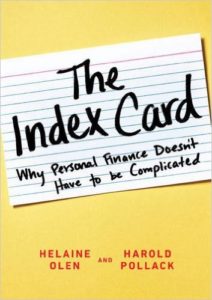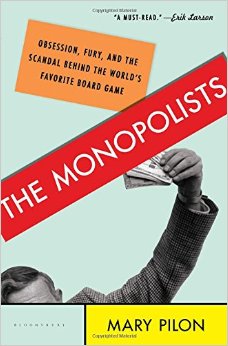Maria and I recently returned from a three-part “vacation”:
1. We went to the Behavioral Operations Conference in Madison, WI July 14-16. I presented my delay announcements paper on Friday the 15th. Conference went well. Madison was pretty.
2. From the conference, we left on a roller coaster road trip. Details below.
3. Over the weekend of July 22-24, we helped my mom set up her new house in Huron, OH.
Here are the stops on our crazy roller coaster trip:
1. Michigan’s Adventure, in Muskegon, MI on Sunday, July 17.
2. Canada’s Wonderland, in Vaughan, ON on Monday, July 18.
3. Hersheypark, in Hershey, PA, on Tuesday, July 19.
4. Dorney Park & Wildwater Kingdom, in Allentown, PA, on Wednesday, July 20.
5. Wildwater Kingdom, in Aurora, OH, on Thursday, July 21.
6. Cedar Point, in Sandusky, OH, on Monday, July 25.
Yes, that’s 5 parks in 5 days and 6 in 9. We also wanted to goto Kings Island, in Mason, OH, on Tuesday, July 26 on the way back to Bloomington, but it was pouring when we drove through.
I’ll be breaking down the coasters and parks on our trip this week. Here’s the schedule:
Monday AM: Michigan’s Adventure Rides
Monday PM: Thoughts on Planning a Roller Coaster Road Trip
Tuesday AM: Canada’s Wonderland Rides
Tuesday PM: Cedar Fair Empire
Wednesday AM: Hersheypark Rides
Wednesday PM: Operational Thoughts on Fast Pass
Thursday AM: Dorney Park Rides
Thursday PM: Comparing Wildwater Kingdom Water Parks
Friday AM: Cedar Point Rides (the flagship post)
Friday PM: Park Rankings






